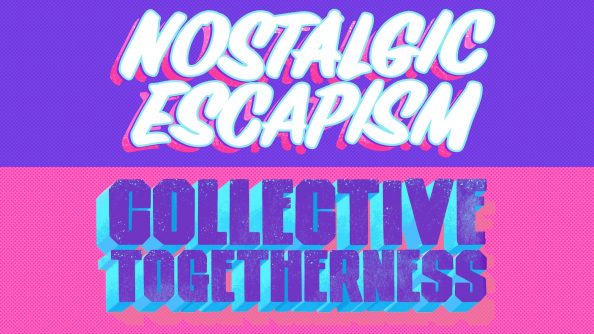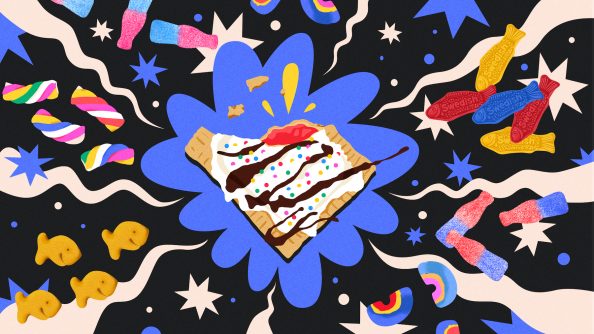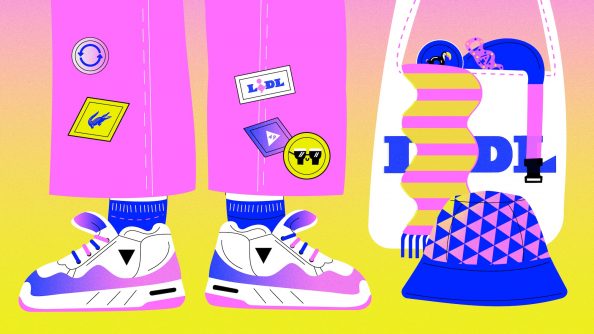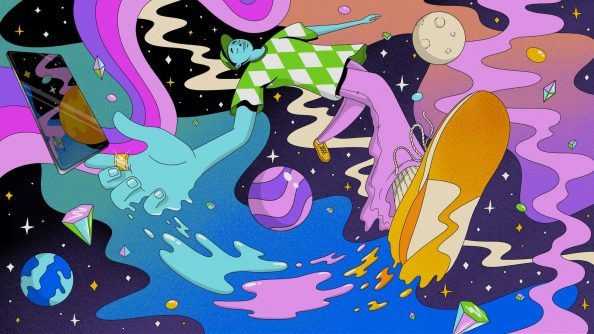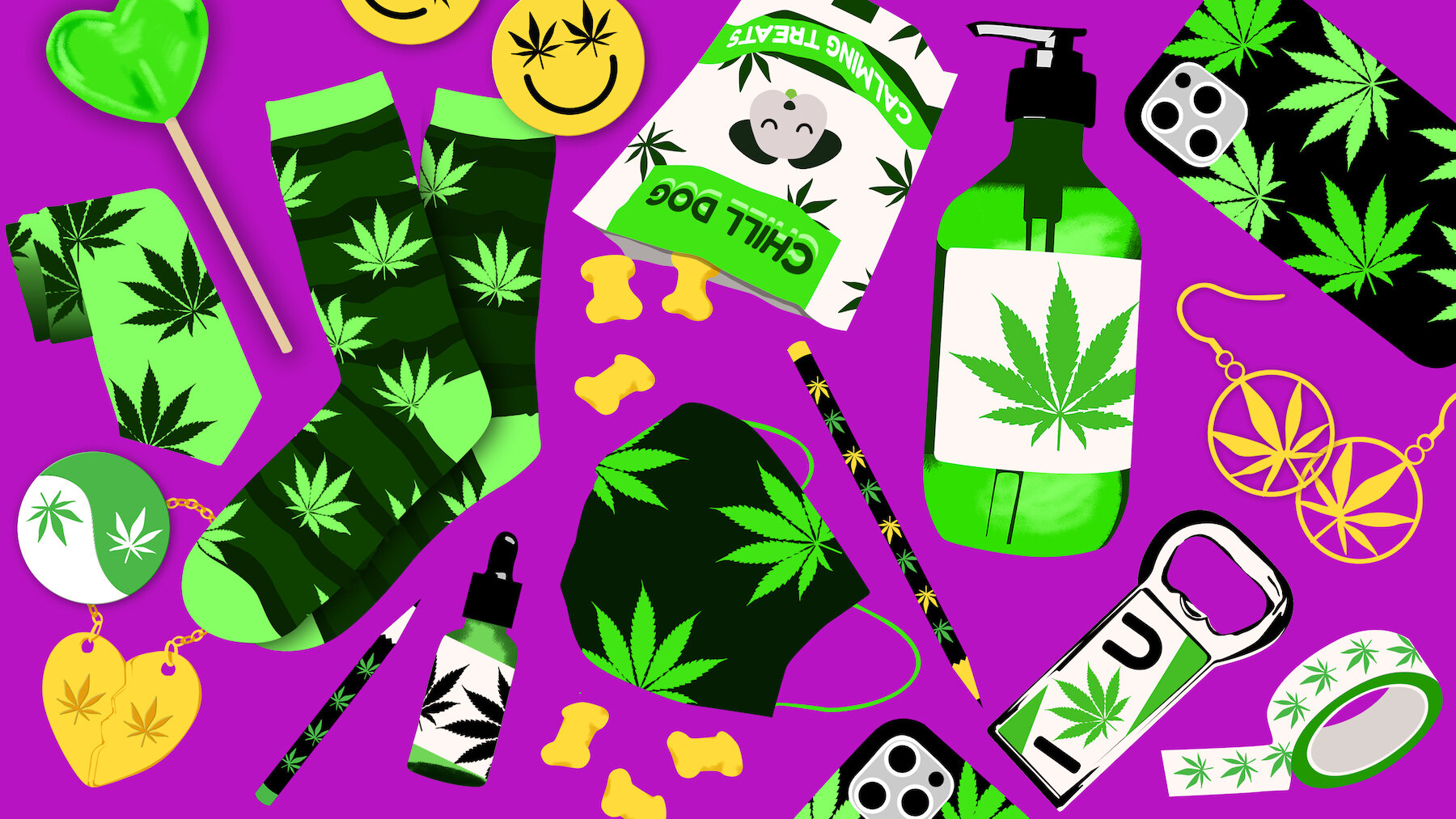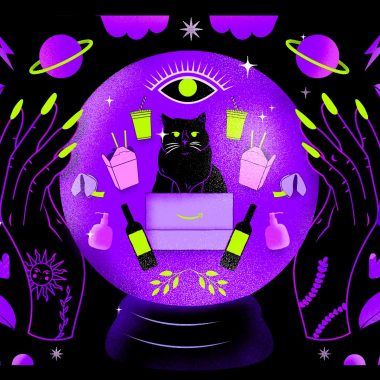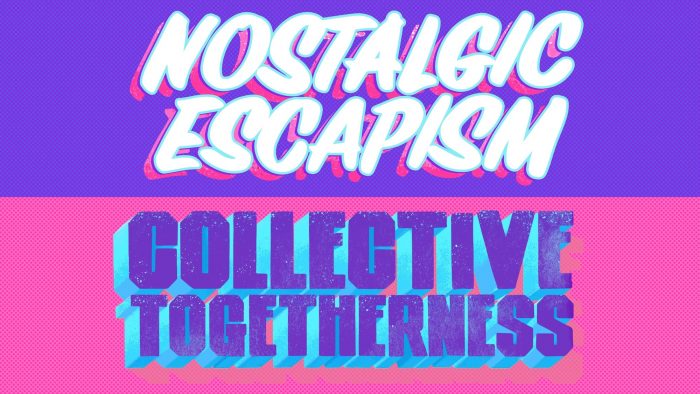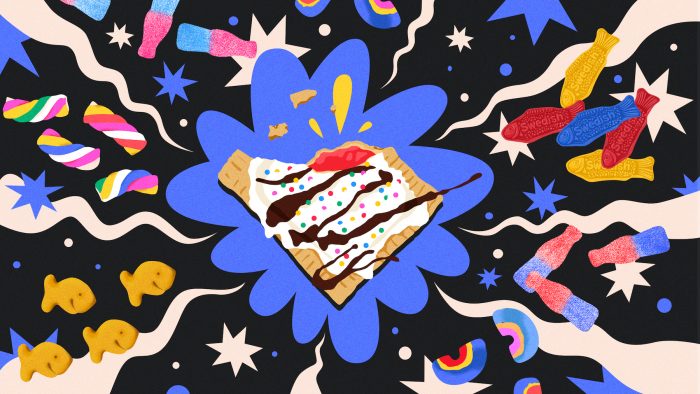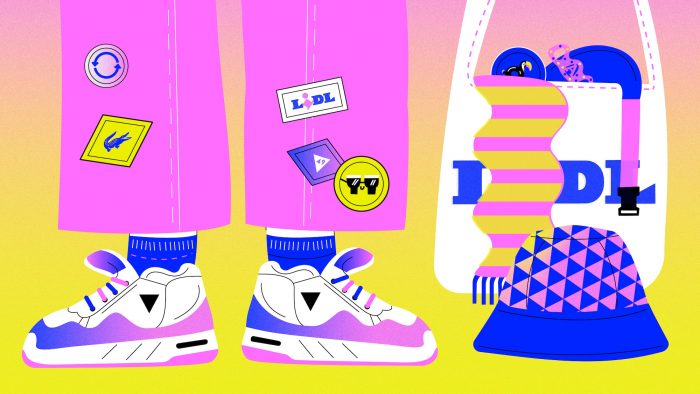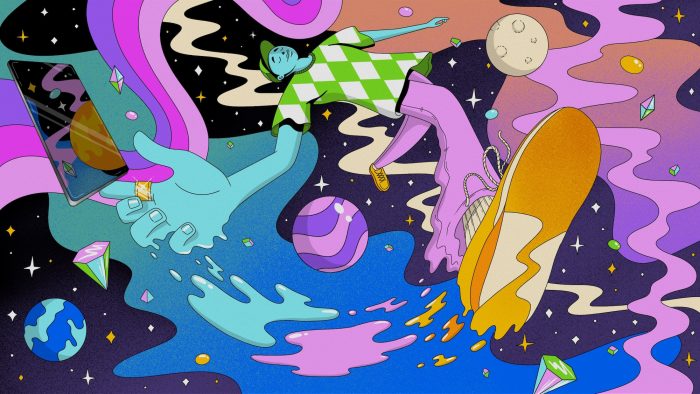The Cannabis industry has grown exponentially over the last few years. Since Colorado became the first US state to legalize recreational use in 2012, an entirely new consumer category has been emerging. Hitting global sales of $37 billion in 2021, it is projected to grow to $57 billion over the next five years (Source: The Global Cannabis Report: Second Edition, by Prohibition Partners).
So Cannabis is booming, but why? And what’s next for the category?
Whether it’s products with THC (the cannabinoid associated with the feeling of getting ‘high’) or CBD (the non-intoxicating cannabinoid), Cannabis can provide a myriad of well-documented health benefits. Add to that the fact that it’s an inherently natural product, and Cannabis lends itself perfectly to the flourishing health and wellness industry, as well as its more traditional associations with socializing and leisure. But that’s just the beginning.
Shifting Perceptions, Establishing a Category
Early Cannabis brands like Charlotte’s Web and Wana did a lot of work in shifting consumer perceptions from its stoner halo into something more acceptable, quality, and even premium.
Innovation has played a significant role in this shift. New Cannabis brands and products are launching all the time, each claiming to offer a new and unique experience, a different way for people to consume and enjoy, or addressing a particular consumer need. Pain relief, sleep aid, anxiety, an alternative to a glass of wine at the end of the day. Whatever it is, Cannabis has you covered.
Not just a category in itself, Cannabis is also being used and marketed as an ingredient, which has allowed it to infiltrate other categories, too.
Greenpoint Gin, for example, is an artisan CBD-infused spirit that uses Cannabis as one of its key botanicals – perfect for upping your cocktail mixing game. Created specifically for discreet consumption, Wonder Wellness Co offers a range of THC mints that provide different benefits depending on your mood or need. You can buy everything from Cannabis-infused bath salts and body lotions to tampons and sexual lubricants. Your pets can reap the calming benefits of CBD in treats. There’s a brand, product, format, and dosage out there to suit everyone, whether you’re easing into the category as a new consumer, or shifting existing consumption habits in a new direction.
And it’s not just about the new players. Established brands are also experimenting with Cannabis to capture their own slice of this lucrative market. With mainstream beer brands like Lagunitas and PBR adding THC-spiked beverages to their portfolios, we’re interested to see which of the big snack brands will be first to take the plunge. Imagine Chips Ahoy! playing on the idea of home-baked hash cookies for a Cannabis range, or Hershey’s launching a CBD-infused chocolate bar. That would be major for the Cannabis industry, cementing its acceptance as a mainstream ingredient and product.
From the Back Streets to the Store Shelves
Much like we see across CPG and categories like craft beer, as the Cannabis category continues to grow, we expect to see a mix of large mainstream brands competing alongside the more niche, smaller players. Brand consolidation is inevitable, and the dominant players will rise to the top. As the big mainstream brands start to lead the charge, what does that mean for branding and design?
A New Design Language
Looking to the world of CPG, if Cannabis follows suit, we expect to see a universal design language of category codes emerge. These will include:
- Leaning Into Existing Codes: Where Cannabis is an ingredient – like in spiked seltzers or skincare products – we’re already seeing design codes largely following that of the category rather than Cannabis itself. This makes sense. Sitting on the same shelf as established non-Cannabis products, there needs to be a level of familiarity for consumers who are keen to try something new but don’t want to stray too far from what they know and trust. For example, with products like CBD-infused body lotion, design cues will follow that of the skincare and beauty industries.
- Visual Navigation: However, where Cannabis exists as a standalone product, we predict that the design language will become more democratized. Clear visual navigation will be prioritized on pack, helping consumers and bud tenders to quickly differentiate between offerings, dosages, and benefits.
- Storytelling: As an inherently natural product, provenance will be important for consumers, and brands will need to communicate this through authentic visual storytelling, both on and off-pack. Take Michigan-based Glorious Cannabis Co, with its utilitarian-inspired packaging design that leans into Detroit’s industrious and artistic roots. Or Zoma, which borrows design cues from the world of luxury chocolate and confectionery to communicate the Cannabis plant’s connection to Mother Earth through beautifully crafted embossed and foiled detailing on pack.
- Colors & Icons: When it comes to color there will, of course, be lots of green. Already a natural signifier for Cannabis, green will become the primary category color. Equally, we’ll also see lots of Cannabis leaf icons. Love them or loathe them, they’re instant and likely to become long-term signposts of the category. How these are created will be up to the brand, and we’ll see everything from intricately hand-crafted illustrations to stripped-back geometric symbolisms.
Overall, branding and packaging design will feel considered and elevated, with special attention paid to high quality crafting to help brands stand out amongst the crowd. But to survive in the long term and become a major player, brands might just need to adopt these evolved design codes to really compete on the mainstream stage.
Overground, Underground
But it’s not just about transforming into a CPG-style category. In a reaction to Cannabis becoming more mainstream and normalized, we’re also seeing a group of niche brands carving out their own disruptive space. Sitting at the heart of counterculture, these brands resist convention and challenge mainstream ideals. A bit like the Oatleys and BrewDogs out there, these are the rebels of the Cannabis world.
Awesome Dope and Pure Beauty are perfect examples. Taking inspiration from the classic ziplock baggie, these brands package their products in clear plastic containers with minimal branding. They do not conform to mainstream expectations, remaining true to weed’s roots.
Other brands rebel even further. Take Roach as one of the early examples. Our approach for creating the branding for Roach was to dial right back to the street language of weed. Choosing an ‘undesigned’ approach to strain labeling, we embraced the spontaneity of sticker language to bring the soul and spirit of weed to life on pack. Choosing an exclamation mark as the brand’s icon pokes fun at the warning labels now found across Cannabis brands, giving Roach its own two fingers up to the mainstream.
This group of emerging brands will keep the category on its toes, ensuring that Cannabis retains its edge and underground appeal for those that resist popular culture and walk to their own beat. And all without a carefully considered green color palette or hand-crafted Cannabis leaf icon in sight.
The Future of Cannabis?
These are just some of the trends and predictions shared in our recent webinar, The Future of Cannabis.
If you’re interested in learning more, and exploring further trends across the DTC, experiential, and premium aspects of where the Cannabis industry is headed, you can watch our webinar back here. And if you have a brief we can help you with, get in touch and let’s talk.
anna
Leigh Chandler, Partner & Creative Director, and Nicole Prefer, Strategy Director
